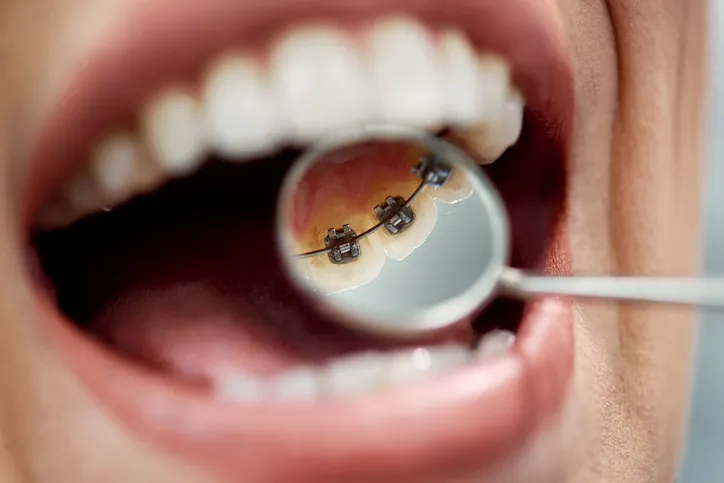Braces play a key role in orthodontics, helping to align teeth and create healthier, more functional smiles. To achieve the best results during treatment, maintaining proper care of your braces is key. Following the right practices can protect your teeth, avoid discomfort, and support the treatment’s progress. Here are some practical tips and steps to help you care for your braces throughout your treatment.
1. Maintain Oral Hygiene with Braces
Keeping teeth and braces clean is a priority during orthodontics treatment. Food particles can easily get trapped in brackets and wires, increasing the risk of plaque buildup and cavities. Brushing after every meal with a fluoride toothpaste and a soft-bristled toothbrush helps keep teeth clean. Focus on cleaning around brackets and wires with slow, circular motions to remove debris.
Flossing is equally valuable for oral health during treatment. Use a floss threader or special orthodontic floss to reach between teeth and under the wires. Incorporating an interdental brush or water flosser can also improve cleaning. Regular dental checkups and professional cleanings further support healthy teeth and braces.
2. Avoid Foods That Can Damage Braces
Certain foods are more likely to harm braces, increasing the chance of broken brackets or bent wires. Sticky foods, such as caramels or chewing gum, typically adhere to braces and become difficult to remove. Hard foods, like nuts or popcorn, can cause wires to bend or brackets to loosen. Instead, opt for softer food options that are gentler on braces, such as pasta, soft fruits, and dairy products. If harder foods like apples or carrots are part of your diet, cutting them into small pieces before eating can make them safer for braces.
3. Monitor Discomfort and Address Issues Promptly
Mild discomfort is common after adjustments, as braces guide the alignment of teeth. Wax can be applied to any areas of brackets or wires that may rub against the cheeks or gums, reducing irritation. Over-the-counter pain relief methods or rinsing with a warm saltwater solution often provides additional comfort. If an issue arises, such as a loose bracket or a bent wire, it is recommended to contact your orthodontist promptly. Temporary fixes, like using orthodontic wax to cushion protruding wires, is helpful until the orthodontist addresses the problem. Regular communication with your orthodontist supports a smooth treatment process.
4. Protect Braces During Physical Activities
Wearing a protective mouthguard is key for individuals involved in sports or physical activities, especially for those with braces. A mouthguard adds an extra layer of safety by shielding teeth, gums, and braces from accidental impacts or injuries that often occur during physical contact or vigorous activity. Without proper protection, even a minor collision can result in damage to the braces, discomfort, or injuries to the soft tissues inside the mouth.
Custom-fitted mouthguards offer the highest level of protection, specifically designed to fit your teeth and braces comfortably and stay in place during activity. Many orthodontists will assist in selecting or even creating the right mouthguard for your needs. This helps prevent unnecessary interruptions to your orthodontic treatment while keeping you safe and focused on your performance.
Orthodontics Support for Braces Care
Paying attention to oral hygiene, avoiding harmful foods, managing discomfort, and protecting braces during activities all contribute to a successful orthodontic treatment. These simple practices help maintain the health of your teeth and braces throughout the process. Braces create a pathway for improved oral health. By adopting these habits, you are setting yourself up for a rewarding and effective orthodontic experience.


Leave a Reply